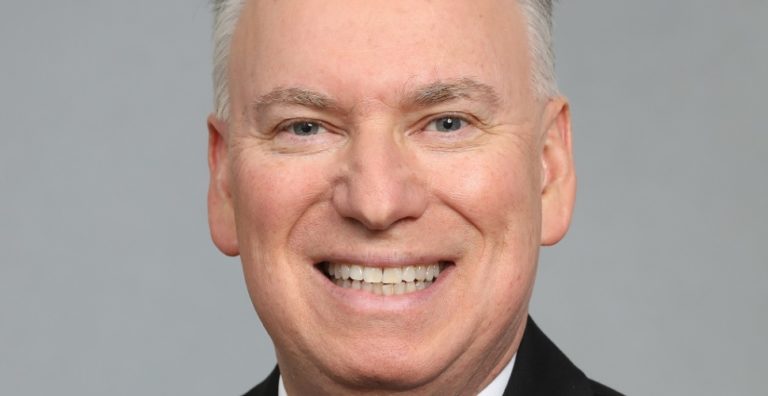By Justin Lanning, senior vice president and managing director, Midas+, A Xerox Company
When will we arrive at the “nirvana” of population health? How can we implement secure and private technology? You’re not the only one who wants to know.
Last week, I had the pleasure of leading a discussion on a topic of growing significance in our industry: population health management. I was joined by four panelists with incredible insight and great perspectives: Deryk Van Brunt, Janice McCallum, Bernadette Keefe and Dan Munro.
The full recording of the conversation is certainly worth viewing, but I’ve also pulled out some of the key topics that get to the heart of some of the most important questions about population health management.
ARVE Error: need id and providerWhen Will We Arrive at the “Nirvana” of Population Health?
There are a lot of moving parts, and many cultures to change. But as Keefe pointed out by way of Aristotle, “all good things are difficult to achieve.” And yet healthcare executives are optimistic: when we polled 35 C-level healthcare executives collectively representing over 80,000 beds in more than 480 hospitals at the recent Midas+ Annual Symposium, almost two-thirds said they expect to begin delivering a fully-scaled population health management system within five years.
Van Brunt reminded our group that progress will come in waves, rather than all at once. Signs of progress he expects to see first include:
- Define at-risk populations and improve delivery of care.
- Community-wide population health management.
- Empower individuals to make better change.
And eventually, we’ll reach the point of making serious investments in health, education and productivity needed to scale the solutions.
How Can We Implement Secure and Private Technology?
Our panelists agreed that standards are needed in order to get to the level of necessary privacy and security. Just as the automotive industry has VIN numbers, and the financial industry has CUSIP numbers, the healthcare industry may need a uniform patient ID standard.
In healthcare today, we still use thumb drives as a way to protect and secure data. We need a better way – @danmunro #HealthITExperts
— Conduent Health (@ConduentHealth) July 16, 2015
And will the industry be able to keep patient data private even when being used for broader research purposes?
Munro, armed with a background in software development, made it clear that from a technology standpoint, it is certainly a possibility to “de-identify” individuals. And yet, the answer may not be that straightforward. As McCallum suggested, as we aggregate more and more healthcare data – including genetic information – someone driven hard enough to re-identify specific patients could eventually succeed. It is something the industry needs to be constantly aware of.
What Other Challenges Stand in the Way?
From a technological standpoint, interoperability is top of mind for many. But in Van Brunt’s opinion, financial incentive issues loom larger. He says, “Physicians want to do the right thing, but that’s not always how their organizations are structured.”
There also needs to be a shift in thinking towards preventative healthcare. Munro pointed out that our system is sometimes more likely to pay for expensive surgery rather than simple items that could eliminate the need for such surgery, such as an air conditioner. Similarly, Keefe highlighted the potential of health ambassadors – people respected in communities from churches or social groups who elevate health literacy and healthy behaviors among their families and neighbors.
.@danmunro – "We have a sys that would rather pay for a $40K cardiac surgery than a $300 window air conditioner" #HealthITExperts #hcldr
— Colin Hung (@Colin_Hung) July 16, 2015
Our panelists made one thing clear: the improved care outcomes and lower costs enabled by population health management strategies are well worth the effort of crossing the remaining hurdles.
Do you have any additional questions to ask the #HealthITExperts?



[…] do read Justin Lanning’s very nice summary blog of the […]
[…] do read Justin Lanning’s very nice summary blog of the […]
[…] read Justin Lanning’s very nice summary blog of the […]